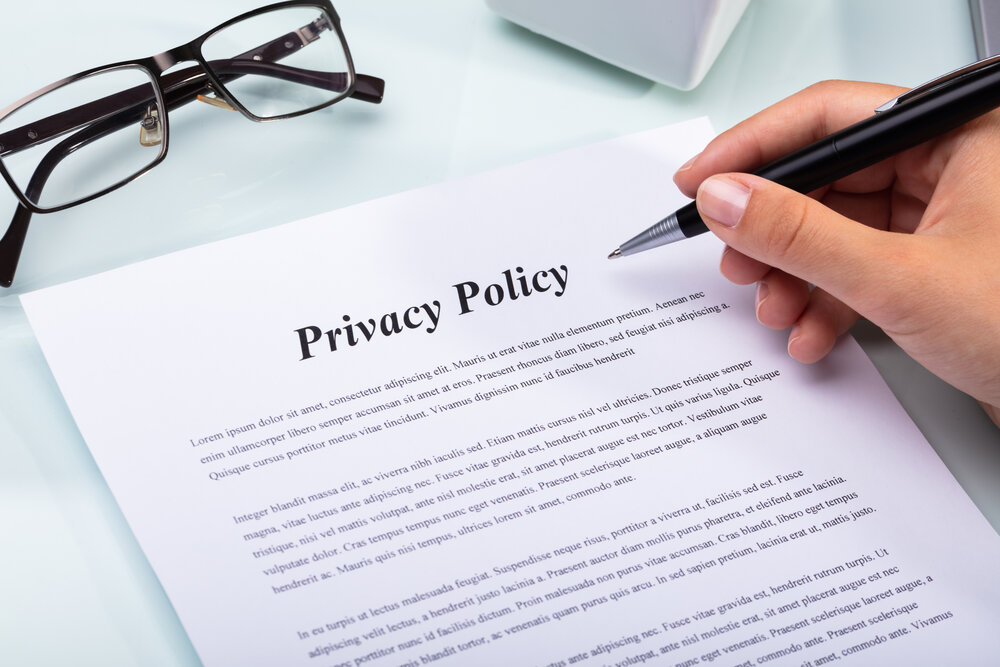Sexism in sport was recently thrown into the spotlight when the Norwegian women’s beach handball team was fined by the European Handball Federation because the female athletes refused to play in a bikini. The Norwegian athletes opted to wear sporty lycra shorts, in violation of the uniform rules for women. This caused the world to rally with the team against the EHF’s fine. (The EHF ultimately retracted the fine).
Unfortunately, sexism in the workplace is incredibly common – and significantly less visible than the lycra shorts of the Norwegian athletes. A recent survey of more than 700 women working in the legal industry revealed that 58% of the respondents had witnessed sexism in the workplace first hand – that’s a high percentage in an industry where you would assume the workers are well versed with the risk of gender discrimination.
Before we dive in, it’s worth pointing out that the causes of sexism are complex and multifaceted. We can’t ‘solve’ sexism in just 5 tips. But we can bring attention to stereotypes, attitudes, and issues that are the underpinnings of sexism in some cases.
5 Tips to Overcome Sexism in the Workplace:
Tip 1: Educate your employees on the power of language.
In 2016, ZipRecruiter revealed that job listings with gender-neutral language received 42% more responses, but that 70% of listings on ZipRecruiter contained masculine words. Companies operating in the following industries were amongst those that most commonly included gendered language in job ads: business, science and engineering, technology, finance, education, law, and government and community.
Moreover, where job advertisements use masculine wording, people are more likely to perceive men in these occupations and therefore, are more likely to hire men. Additionally, women are less likely to apply for these roles (you can review the research here). These effects compound traditional gender divisions and hinder gender parity.
To overcome these negative impacts, you should develop policies that recognize the bias language can cause and take steps to address it. For example:
- Remove gendered language from your job descriptions (you can use platforms like Textio or Ongig to assist here),
- Outline the technical skills required in your job descriptions to attract qualified candidates, and
- Include specific milestones or achievements in promotion or bonus standards (to reduce discretion).
Tip 2: Educate your hiring team on the power of stereotypes.
In 2014, a research team demonstrated that both male and female hirers were more likely to hire a male candidate for a math-related role even when they had proof that women performed as well as men in the subject matter testing. The study went on to show that “employers biased against women are less likely to take into account the fact that men, on average, boast more than women about their future performance, leading to suboptimal hiring choices that remain biased in favor of men.”
Again, knowledge is power here. Encourage your hiring team to consider and justify why they prefer a candidate over another. If the rationale is based on a stereotype, let them know. Awareness is key in overcoming bias from gender stereotypes.
Tip 3: Acknowledge that you have biases (- and that’s okay, so long as you work to overcome them).
The Australian Workplace Gender Equality Agency notes that “Decades of research has made one thing clear: gender biases are nearly always present in employment decisions, subtly influencing our assessments about who is the ‘right’ or ‘best’ person for the job.”
The publication goes on to detail a US experiment in which researchers asked participants to consider two candidates for a construction manager position. Initially, the gender of the candidates was not provided – there was simply one candidate with more education and another with prior work experience. Given these two options, participants preferred the more educated candidate. However, when the more educated candidate was a female and the more experienced candidate was a male, participants rated prior work experience as being more important than education.
Another publication cites that where women and men are being considered for a role, male candidates are typically rejected for competence-related reasons while female candidates are rejected for sociability or morality reasons. This indicates women have to meet a higher standard than men to be considered for the same position: men must be competent, women must be competent, friendly, reliable, and responsible. This is clearly unfair.
Harvard Business Review recommends making your shortlist for candidates longer, noting that this can help to increase gender diversity and reduce the odds that you’ll dismiss qualified female candidates as a result of biases that cause male candidates to come to mind first.
Tip 4: Take steps to reduce the pay gap.
In 2020, women’s median hourly earnings were 84% of what men earned for both full-time and part-time workers, according to a Pew Research Center analysis. This analysis also reports that the US has made relatively little progress in closing the gender pay gap over the past 15 years. This needs to change.
While the underlying causes of the gender pay gap are complex, employers should be striving to provide workers who provide work of equal value with equal pay. In most cases, if you have two workers in the same role, performing the same duties and the same number of hours, it would be appropriate to pay them the same.
We wrote a blog post on setting starting salaries legally and fairly in May this year. Feel free to read it for further tips on setting starting salaries in a way that addresses the pay gap: https://cgl-llp.com/insights/setting-starting-salaries/
Tip 5: Ensure your workplace policies are up to date and proactive.
Your up-to-date workplace policies should include provisions that make your workplace more equitable and free from harassment and sexism. Your policies should include proactive measures like lactation policies and flexible work arrangements (if any). The benefits of including these provisions can be profound.
Moreover, it’s important to ensure employees know they won’t be disadvantaged by making use of flexible workplace policies – including work-from-home arrangements, job share, and reduced hours. By expressly stating that your company supports flexible workplace arrangements, you can start to raise awareness of some of the biases workers may hold relating to the work ethic of those who take advantage of flexible workplace arrangements.
You should also ensure your harassment policy is robust and up-to-date. Be sure to check that your policy lays out the process for submitting a grievance to HR if an employee experiences sexism or any form of harassment, discrimination or retaliation. This empowers employees to know how to act if harassment, discrimination or retaliation does take place, which can increase their sense of security knowing there is a reporting chain.
If you’ve got any other tips to overcome sexism in the workplace or if there’s a topic you’d like us to cover, let us know in the comments on the social post sharing this article or email us at info@cgl-llp.com. We would love to hear from you!
Disclaimer
The materials available at this website are for informational purposes only and not for the purpose of providing legal advice. You should contact your attorney to obtain advice with respect to any particular issue or problem. Use of and access to this website or any of the e-mail links contained within the site do not create an attorney-client relationship between CGL and the user or browser. The opinions expressed at or through this site are the opinions of the individual author and may not reflect the opinions of the firm or any individual attorney.


